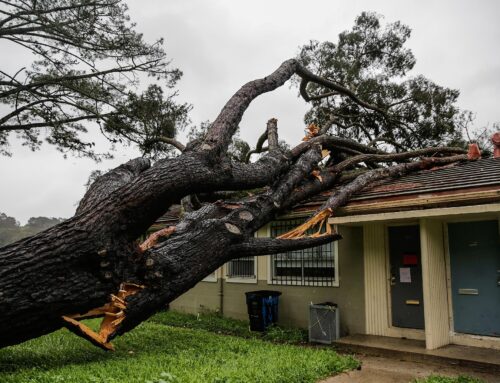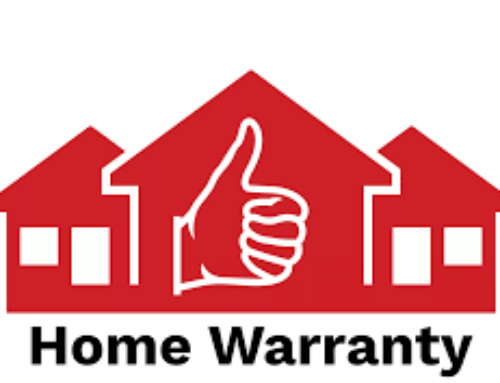Embarking on the journey of homeownership is an exciting maze filled with the promise of building a haven. Yet, as you navigate this intricate network, there’s a crucial intersection to decipher – the crossroads of Mortgage Insurance Premiums (MIP) and Homeowners Insurance. In this blog, we illuminate the path through this complex web, unveiling the nuances, benefits, and considerations of MIP versus Homeowners Insurance. Join us as we unravel the secrets to safeguarding your home sweet home with the right insurance choices.
MIP (Mortgage Insurance Premium):
- Purpose:
-
- MIP is a type of insurance required for certain FHA (Federal Housing Administration) and USDA (U.S. Department of Agriculture) loans.
- It protects the lender in case the borrower defaults on the loan.
- Coverage:
-
- MIP primarily protects the lender, not the borrower.
- It covers a percentage of the loan amount in the event of a default.
- Payment:
-
- Borrowers pay MIP as part of their monthly mortgage payment.
- MIP payments can be required for the life of the loan or until certain conditions are met, depending on the loan type and down payment.
- Cancellation:
-
- MIP on FHA loans typically remains for the life of the loan if the down payment is less than 10%.
- If the down payment is 10% or more, MIP can be canceled after 11 years.
Homeowners Insurance:
- Purpose:
-
- Homeowners insurance is designed to protect the homeowner’s property and belongings.
- It provides coverage for various perils, including fire, theft, vandalism, and natural disasters.
- Coverage:
-
- Homeowners insurance protects the homeowner’s investment in the property.
- It covers the structure of the home, personal belongings, liability for injuries on the property, and additional living expenses in case the home becomes uninhabitable.
- Payment:
-
- Homeowners pay insurance premiums to the insurance company.
- Premiums are typically paid monthly or annually.
- Cancellation:
-
- Homeowners can generally cancel or switch insurance policies at any time.
- However, maintaining homeowners insurance is often a requirement for the duration of the mortgage to protect both the homeowner and the lender.
Summary:
- MIP is a form of insurance that protects the lender and is required for certain government-backed loans.
- Homeowners insurance protects the homeowner and covers a broader range of risks associated with homeownership.
Both are important for different reasons, and homeowners are often required to have both MIP (if applicable) and homeowners insurance to secure a mortgage.
For homebuyers with FHA (Federal Housing Administration) loans, Mortgage Insurance Premium (MIP) can be a persistent cost. However, there are strategies to get rid of MIP or reduce its impact:
Wait for Automatic Termination:
- If you put a down payment of 10% or more on your FHA loan, your MIP will automatically terminate after 11 years.
- Refinance to a Conventional Loan:
-
- Once you have enough equity in your home (typically 20% or more), consider refinancing to a conventional loan. Conventional loans do not require mortgage insurance if you have at least 20% equity.
- Make Extra Payments:
-
- Accelerate your equity-building process by making additional payments towards your mortgage principal. This will help you reach the required loan-to-value ratio (LTV) for MIP removal more quickly.
- Home Value Appreciation:
-
- If your home’s value increases due to market conditions or home improvements, your LTV ratio decreases. Monitor your home’s value, and if it appreciates significantly, contact your lender to discuss MIP removal options.
- Request MIP Removal:
-
- If you believe you’ve reached the required LTV ratio (usually 78% or less), contact your lender and request MIP removal. This may involve providing a new appraisal to determine the current value of your home.
- FHA Streamline Refinance:
-
- If interest rates have decreased since you obtained your FHA loan, consider an FHA Streamline Refinance. While this won’t remove MIP, it might lower your overall monthly payments.
- Consider Selling or Paying Off the Loan:
-
- If your financial situation allows, you might consider selling the property or paying off the mortgage to eliminate the need for MIP.
Before pursuing any of these strategies, it’s crucial to consult with your lender and thoroughly understand the terms and conditions. Keep in mind that the rules regarding MIP removal may vary, so it’s essential to be well-informed about the specific requirements associated with your loan.






Leave A Comment